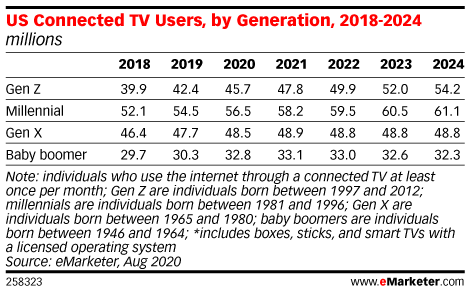When clients look to us to help set wellness marketing strategies, I always like to start with some leading questions. The truth is, there’s no one-size-fits-all approach that’s appropriate for everyone. There are unique factors about every business that we’ve got to account for before we can say whether a particular strategy is ideal.
Before you look to set your strategy, here are a few questions you should ask yourself:
- Where do my customers tend to spend their time online?
- What differentiates us from our competitors?
- What’s our current cost-per-acquisition for new customers?
- What channels have we found the most success with in the past?
- Which channels have proven to be a loss?
If you can answer these questions, you’ll have a better idea of where you can go to find more customers, how much it will cost (ballpark) to acquire more of them based on historical data and what potential pitfalls or struggles should be avoided.
1. Positioning: Your Healthcare & Wellness UVP
Unique value proposition. You’ve heard it before or maybe by some of its other names:
- Key differentiating factors
- Unique selling proposition
- Positioning statement
- 100 other acronyms
The good news? You don’t have to speak marketing very well to create a strong positioning statement.
StoryBrand founder Donald Miller created a very easy-to-follow exercise that will help you create a working statement that clarifies and simplifies your positioning so you can easily articulate your unique value.
2. A Simple User Experience
The top international healthcare organizations and wellness marketing brands understand this crucial fact: it should be VERY easy to do business with you.
One of our favorite clients, the Mayo Clinic has focused its homepage on optimizing user interaction in a simple way:
Notice there isn’t a bunch of fancy or aspirational copy here.
Just an empathetic image that displays a persuasive and uplifting take on the times followed by a basic grid that offers different calls-to-action.
3. Testing Your Wellness Marketing Methods
Every employee at Response Mine is required to read one of the seminal texts of direct marketing, Tested Advertising Methods by John Caples.
Why?
It’s simple.
Caples understood the value of demanding that every ad be accountable to an ROI goal. Sure, he was a veteran of the direct mail era and pioneered a lot of the direct response methods for that channel, but we can extrapolate the wisdom of Caples for the digital age.
Every ad has a job accountable to your brand’s bottom line.
If you don’t think this is true, then I’m here to tell you, you’re wrong.
When it comes to paid media, A/B testing is at the heart of performance marketing.
Why leave success to chance?
4. If It’s Not Measurable, It’s Not Valuable.
Much akin to the point I made about testing, you cannot afford to run ads you can’t measure.
This means taking your budgets out of billboards and traditional OOH and putting those dollars to work on channels where you can create a meaningful feedback loop populated by data.
Why?
Things like eyeballs on the interstates? Those are vanity metrics.
Just like impressions on Facebook.
Meaningless for real growth.
If you want to wage OOH, you can swap out the billboards for digital display, streaming audio or connected TV. All of these channels are interruption marketing, just like billboards, but there’s an element of measurability that is far more informative than what’s available in traditional advertising.
And generationally, every age group’s representation as a percentage of the connected TV audience is growing:
5. Improve Your Customer Experience
Great call handling is something that 90+% of hospitals and providers get wrong.
We went as far as to conduct a nationwide survey on hold times to drill down on this. Spoiler alert, people aren’t as accomodating as you might think.
Every aspect of the customer service experience needs to be scored and ranked.
From there, you can really understand what needs to change.
6. Provide Users With High-Value Content
So often I hear doctors telling their patients not to trust the things they read online.
And so that leaves us with choosing to read WebMD with a grain of salt or wade through tenuous peer-reviewed articles to find a semblance of reliability.
Healthcare providers and wellness markeing brands can and should be creating content on a consistent basis to serve their audience.
People need good, reliable information. It’s as simple as that (and it can help boost your SEO rankings as well!).
7. Don’t Rely Too Hard on Branding
Shocker, I know — but branding won’t save you.
If you aren’t invested in direct response advertising, consider the old adage about planting a tree — the best time to plant one was 30 years ago. The second best time is today.
If you’re still stuck on buses, billboards and radio spots, there’s a digital world out there full of your ideal patients and customers just waiting to hear from you.
That’s not to say you should never send out another piece of direct mail, but it’s time to diversify your medical marketing mix.
Digital opportunities are more cost-effective and exponentially more scalable.
8. Think Like a Healthcare Marketing Scientist
At Response Mine Health, I’m always pushing the team to read more, dig deeper and ask the kinds of questions that can lead to growth leaps for our clients. The truth is, sometimes it’s messy work that doesn’t translate into a tidy article like this one. If it did, everyone would be able to do it.
But the reality is, not everyone is a scientific marketer and that gives us a real advantage of Healthcare and wellness Marketing.





